How we read: the neuroscience behind literacy
Futurum
SEPTEMBER 5, 2023
There is a lot of ‘tradition’ with regards to ideas and approaches, which I feel can sometimes impede our ability to move science forward efficiently. I hope that initiatives to increase diversity and inclusion can alter this trajectory, making space for a more holistic, flexible and nuanced approach to advancing knowledge.

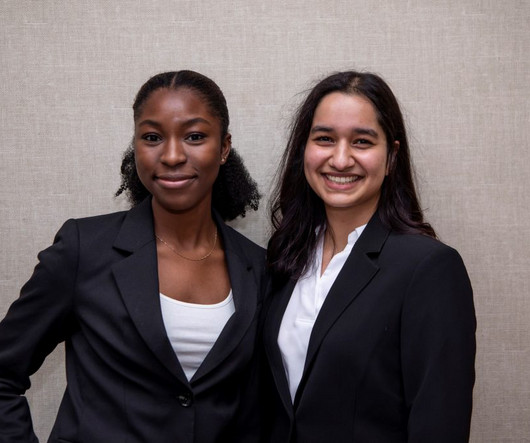
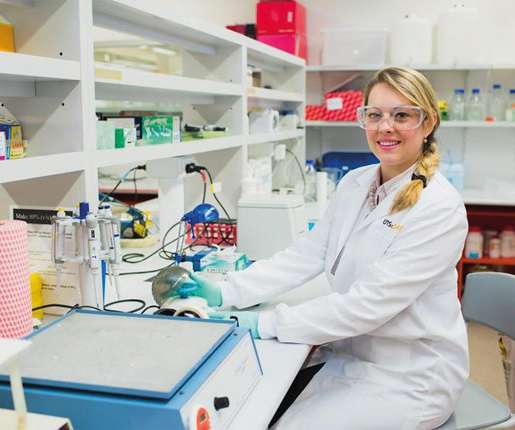
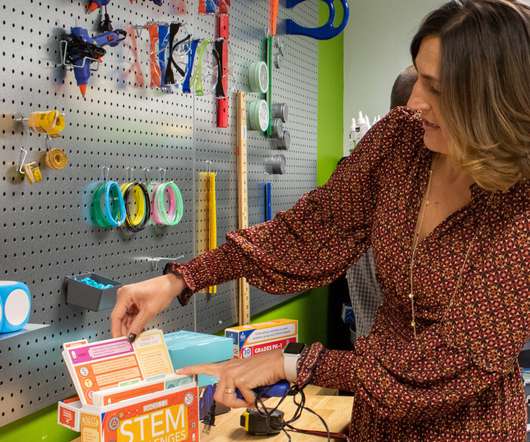
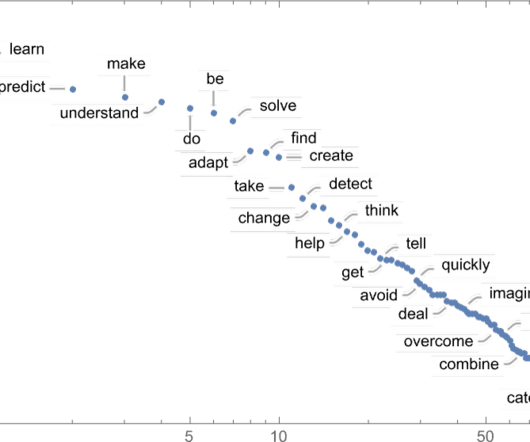


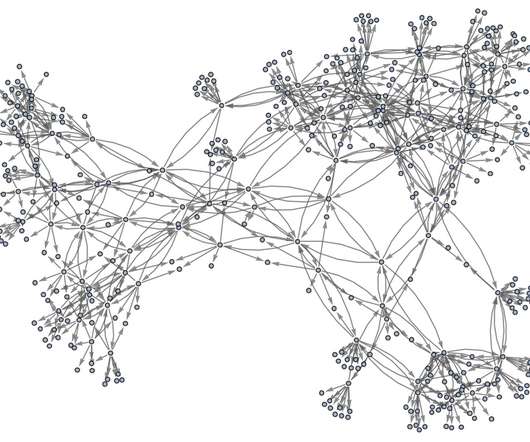






Let's personalize your content